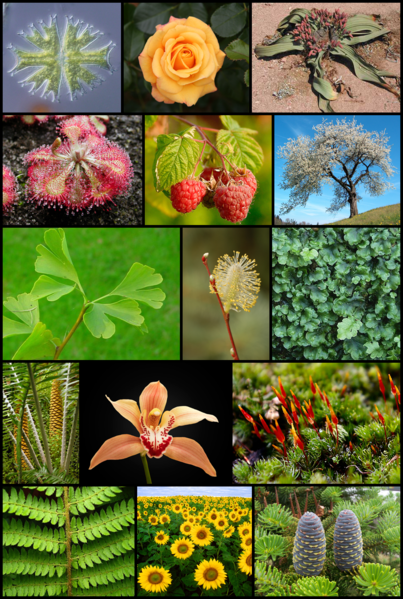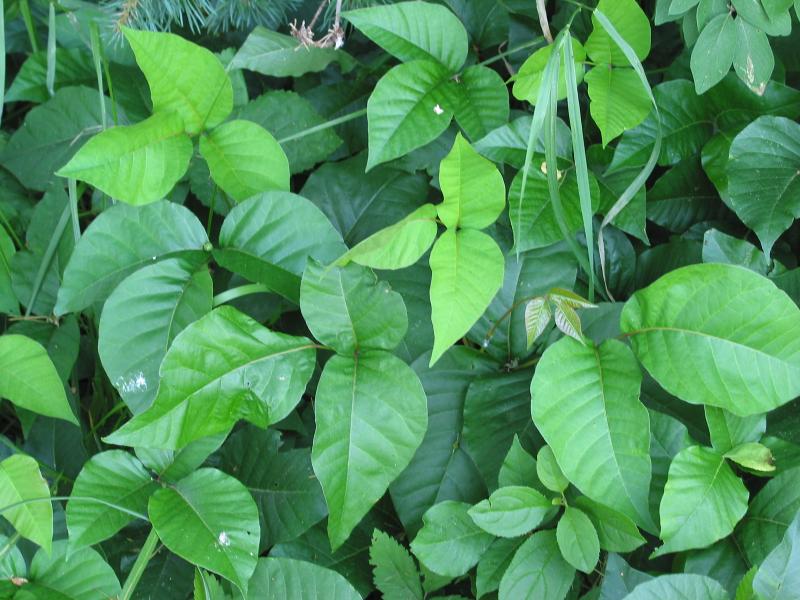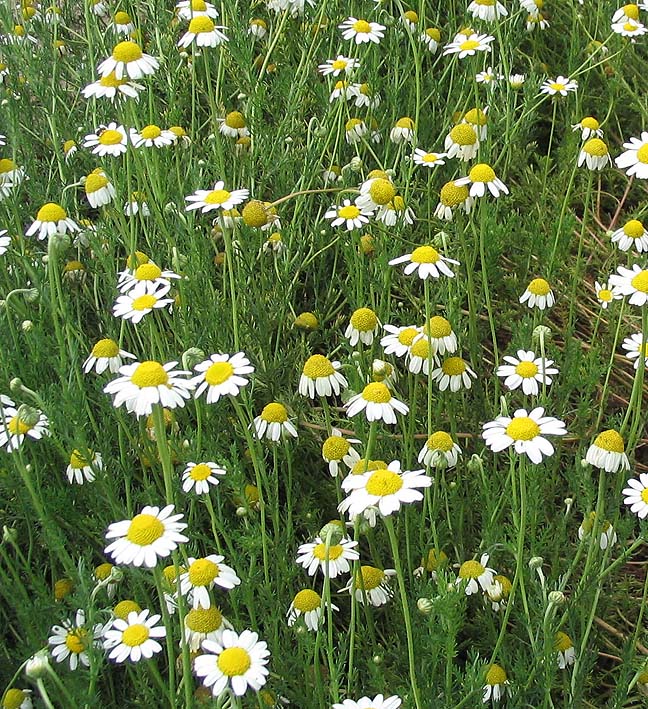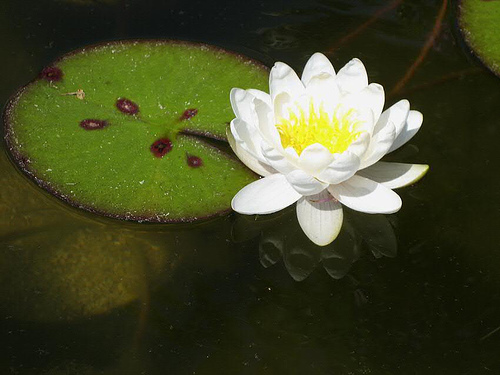Content code
s1224
Slug (identifier)
plants
Parent content
Grades
Secondary I
Secondary II
Topic
Science and Technology
Content
Contenu
Content
Corps
Plants, or vegetation, refer to all living organisms capable of producing everything they need to survive.
Corps
There are over 300 000 known species of plants distributed across the majority of biomes.
Links
Type
Internal
Title
General Plant Anatomy
Internal link
Type
Internal
Title
Respiration in Plants
Internal link
Type
Internal
Title
Reproduction in Plants
Internal link
Image

Content
Corps
Below is a summary table with a short description of each plant category with examples.
| Categories | Description | Example |
| Angiosperms | Plants that bear flowers. They are also referred to as flowering plants. | Begonias |
| Gymnosperms | Non-flowering plants that do not produce fruit. Their seeds are stored in cones. Conifers, or trees with needle-like leaves that are usually permanent (do not fall), belong to this category. |
Firs
|
| Trees | Large plants with a woody stem attached to the ground by roots. On this stem, or trunk, there are branches and leaves. | |
| Deciduous trees | Trees with deciduous leaves that fall annually. | Maples |
| Shrubs | Small trees, usually no more than |10\ \text{m}| tall. | Lilacs |
| Bulb plants | Plants that grow from a bulb, an underground organ from which the different structures of the plant will emerge: the stem that will carry the leaves, the roots, etc. The bulb allows the plant to survive during the winter and is protected by the tunic which is filled with nutritional reserves. These reserves allow the plant to grow when spring arrives. |
Tulips |
| Annual plants | Plants that have a 1-year life cycle. | Nasturtiums |
| Biennial plants | Plants that have a 2-year life cycle. | Primroses |
| Perennial plants | Plants that have a life cycle that is longer than 2 years. | Daylilies |
| Weeds | Weeds can be problematic for humans for a variety of reasons: unwanted growth, frequent weeding, skin rashes from contact, harm to crops, such as gardens and vegetable patches. Weeds can be annual, biennial, and perennial, and their reproductive methods vary. |
Poison ivy |
| Herbs | Aromatic plants that awaken the senses, particularly taste and smell. They are mainly used in cooking, but also in cosmetic products. | Lavender |
| Medicinal plants | Plants used for their healing properties (which cure or prevent ailments) and can be toxic depending on the dose. Medicinal herbs can be annual, biennial, and perennial, and their reproductive methods vary. |
Chamomile
|
| Invasive plants | Plants that grow rapidly and persistently, which means that they grow back even after being pulled out. Plants that may be considered a weed if their invasiveness becomes a nuisance. |
Purple loosestrife |
| Aquatic plants | Plants found in aquatic environments. These plants can be completely or partially submerged. They can also float. Their roots may be anchored in the soil or float in the water. |
Water lilies
|
| Grasses | Plants with a long life span, sometimes lasting late into fall. They often resemble long blades of grass and are sometimes accompanied by inflorescence (flowers). |
Corn |
Title (level 2)
Exercices
Title slug (identifier)
exercices
Contenu
Contenu
Remove audio playback
No
Printable tool
Off



